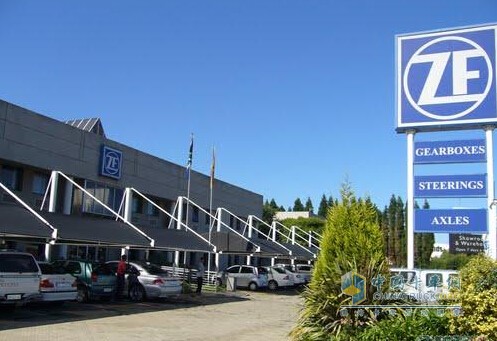ZF demonstrates semi-automated driving
Karl-Heinz Glander, General Manager of ZF's Autonomous Driving System Engineering, said: “Let the next generation of vehicles 'watch', 'think' and 'action' in an increasingly integrated and intelligent manner that will help redefine future traffic, Automation functions will also be widely used in the transportation industry. For vehicles driving on the freeway, the addition of multi-lane features, such as overtaking assistance, to the existing vertical and horizontal controls is an important advancement, once again improving driving. Safety and comfort." The “Highway Driving Multi-lane Assistance†system integrates insight, decision making, planning, and body control capabilities to help achieve motorway free-riding and off-learn driving functions in the range of 0 to 130 km/h, including the driver Start, or vehicle proposal, driver confirmed lane change. ZF TRW's AC1000 radar, next-generation camera system, belt-driven electric steering system (EPS BD) and electronic stability control are integrated into the vehicle. Automatic longitudinal control and lateral control are combined, and AC1000 short-range radar is added at the corner to support functions such as overtaking. The automatic longitudinal control helps the vehicle to maintain the set speed and/or the safety distance from the vehicle ahead. At the same time, the lateral controller helps keep the lane centered. The front side encounters a vehicle with a slower speed, and the side radar can detect the vehicle in the adjacent lane and determine if there is enough space for safe overtaking. If possible, the autopilot system signals the driver through the man-machine interface to inform the option of overtaking the local train. The driver can accept the suggestion to activate the lane change indicator. The lateral controller and the steering system of the vehicle will then change lanes. The driver can also take over the steering system at any time. Glander said: “This new lane change function is another milestone in the development of autonomous driving technology. The 360° sensor system can further enhance the safety and comfort of driving, for example, it can help realize blind spot detection, collision avoidance and automatic. Parking, etc. This system can also integrate advanced vehicle control systems, such as active rear-wheel steering and variable-damping damping control systems, to provide better vehicle comfort and safety through active suspension systems." A Floating Ball Valve is a valve with its ball floating (not fixed by a trunnion) inside the valve body, it drifts toward to the downstream side and tightly pushes against the seat under the medium pressure to ensure sealing reliability. The floating Ball Valve has simple structure, good sealing performance but the seat material is required to withstand the workload since the sealing pressure is bared by the seat ring. Due to unavailability of high performance seat material, floating ball valve is mainly used in middle or low pressure application. Floating Ball Valve Floating Ball Valve, Cast Steel Ball Valve Manufacturer, Stainless Steel Ball Valve Supplier, Flanged Ball Valve, Manual Ball Valve Wenzhou Kolink Valve Co., Ltd. , https://www.kolinkvalves.com ZF
ZF